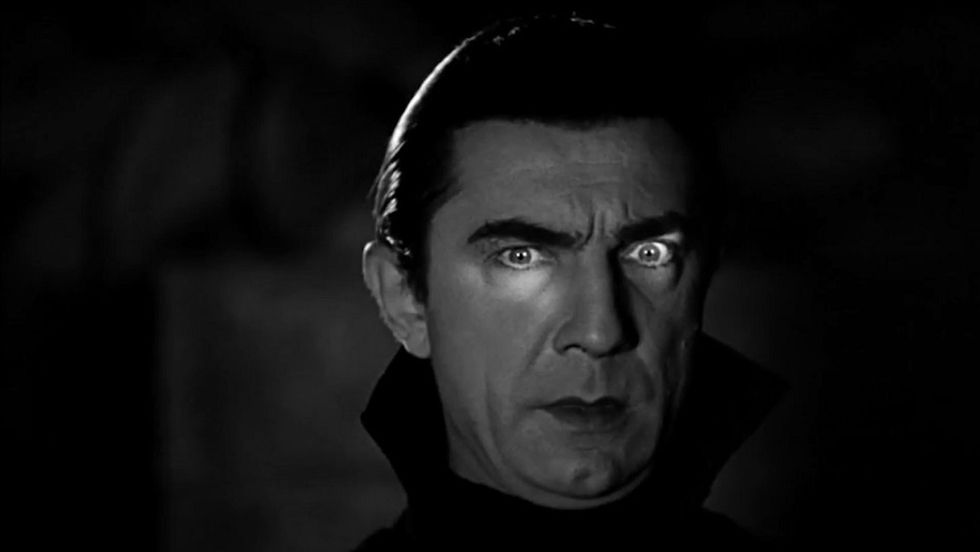Sex sells, Victorian Era England being no exception, despite the controversy surrounding sexism and sexuality. In acknowledgment of the time period’s tendency to censor taboo literature, Bram Stoker presents a story rooted in sex and gender roles behind the veil of a blood-sucking monster with "Dracula." Although the sex-based connotations throughout "Dracula" rose to prominence primarily in the twenty-first century, societal attitudes since the novel’s publication have enabled its ability to remain relevant. At the time of "Dracula’s" publication, females were expected to adhere to extensive and rigid expectations. The female characters within books were static and lacking complexity, but Stoker centered his novel around female characters in possession of more depth. Surrounded by a cast of male characters, females were an integral part to the plot’s movements and appear to be a progressive representation.
However, merely having female characters present, although aiding steps for more equal representation, does not make a novel an ally to feminism or earn it a timeless place in literature. By both Victorian Era standards and present-day standards, "Dracula" presented females from a sexist perspective with adherence to gender roles. Stoker granted his female characters sensuality, an indispensable role in the antagonist’s downfall, and voiced opinions, but still adhered by the rigid roles society expected them to fill. The result was a male-dominated novel that remains undeservedly at the forefront of literature. The prominence of female characters in "Dracula" appears to be feminist and progressive, but their portrayal reinforces the sexism of England during the Victorian Era.
The time of "Dracula’s" conception fell at the conclusion of nineteenth century when what it meant to be a woman in the world was beginning to change. Although women still lacked voting rights, females were beginning to openly oppose their inferior position and seek independence. Thus, the New Woman was born to be held up as the ideal representation of a feminist. The New Woman was a professional, educated woman to whom careers other than motherhood were viable options, despite what traditional gender roles dictated. The New Woman also represented the reclamation of female sexuality, but this female reclamation led to male exploitation.
The male-dominated industry of advertising framed the female body as desirous to sell products. The passiveness of Victorian ideals were forfeited in favor of the New Woman to attract domesticated, female customers. However, ambivalence towards the New Woman was visible through this usage. The same magazines that used the independent New Woman in advertisements to encourage women to purchase products discouraged women from earning their own money. Stoker expressed similar uncertainty towards the New Woman phenomenon. Despite the placement of two women, Lucy and Mina, as main characters in the novel, their behavior and thoughts, as penned by Stoker, do not coincide with the progress being made by and for women in the nineteenth century.
Through Mina’s intelligence and Lucy’s reclamation of sexuality and openness in her relationships, the New Woman is evident in "Dracula," but it takes two characters to well-represent the ideal that women were striving towards. While Lucy and Mina each represent aspects of the New Woman and the progressive steps towards feminism that Victorian Era England was beginning to pursue, neither is an accurate representation of past or present feminist ideals or are portrayed by Stoker in a non-sexist, supportive of gender equality fashion.
Despite their prolific presence and impact, Lucy and Mina can inevitably be reduced to little more than passive prey in the male penned novel. They exist to be ingenues; innocent women who are exploited by a monster and transformed into masters of seduction until the brave men of their lives destroy their desire and defeat their foe. Through them, Stoker presents the antiquated ideal that women should be passive and subservient in their inferior positions. Even for the time period of the novel’s distribution, during which feminism came in the form of the New Woman, Stoker was not displaying progressive ideology through his depiction of his idea of female heroines. His ambivalence towards the New Woman is evident throughout "Dracula."
He paints reclamation of sexuality in associations of monstrous desire, displaying hostility towards females who are in control and lacking purity. He is redeemed by framing a nineteenth-century novel published in a highly male-dominated world around females, one of whom escapes a fatalistic end. However, in the modern day, this is a trivial accomplishment. Presentation is not necessarily representation when the representation is inaccurate. Neither the feminist ideals of the Victorian Era or the present day are thoroughly depicted or supported in "Dracula."
The heralding of Stoker as progressive was only appropriate for the time period in which female representation was scarce in novels, leading even the gender stereotypical depictions of women to be praised. Although in possession of the ability to withstand the test of time, "Dracula" was not and is not a novel representative of progress in an abandonment of sexism. Amid the gothic horror story of a blood-sucking monster, lies an unnerving assertion that women are inferior.






















